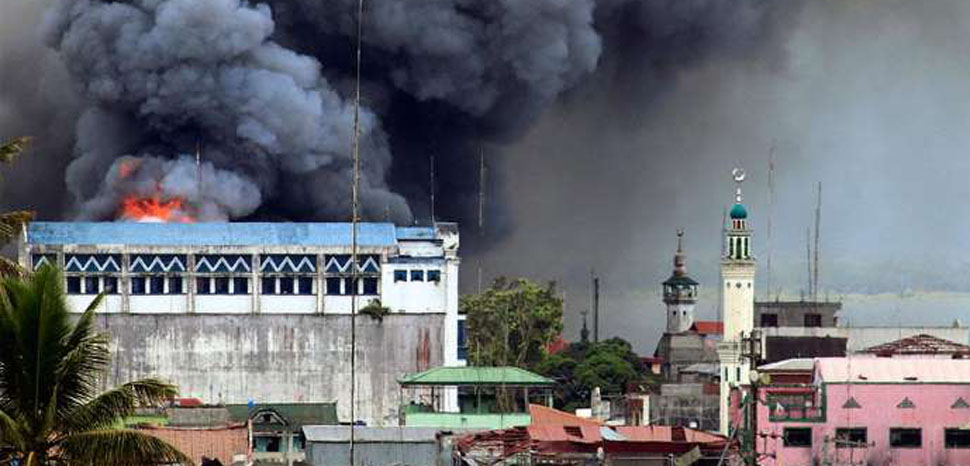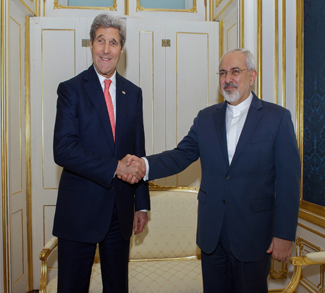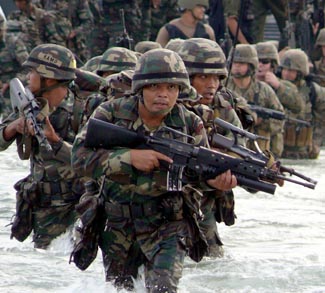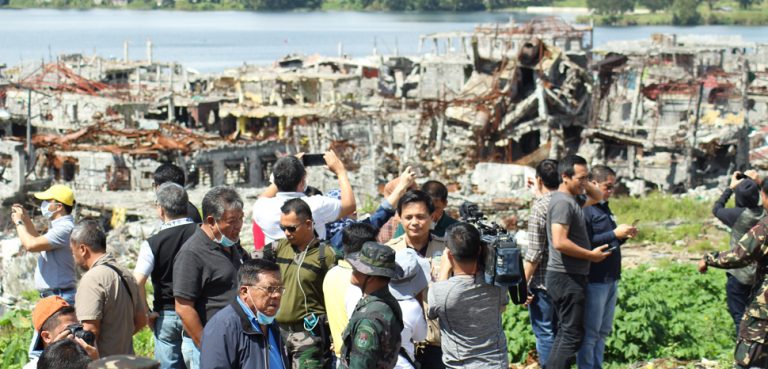On 19 November, Philippine President Rodrigo Duterte said he would ‘leave it to the military and the police’ to decide whether to extend martial law on the southern island of Mindanao. The emergency measure, which was first imposed in the restive region in response to an ISIS-led siege of Marawi city in May 2017, has previously been extended three times and is set to expire on 31 December.
ISIS was defeated in Marawi after five months of fighting; but two years on, the jihadist threat remains alive in Mindanao.
The ISIS-affiliated groups which led the siege have been pushed back and many of their leaders killed, leading Defence Secretary Delfin Lorenzana to declare his preference for lifting martial law entirely. In contrast, senior Armed Forces of the Philippines (AFP) and Philippine National Police (PNP) chiefs have suggested extending the measure only in ‘selective areas’ where extremist groups still operate. The provinces of Maguindanao and Sulu have both experienced attacks by ISIS-affiliated groups this year.
What level of threat does ISIS represent in Mindanao, and does it justify the extension of martial law? And despite ISIS’ declining global influence, after territorial losses in the Middle East and the death of its leader Abu Bakr al-Baghdadi in a US raid in Syria, could its followers in the Philippines yet rebound?




